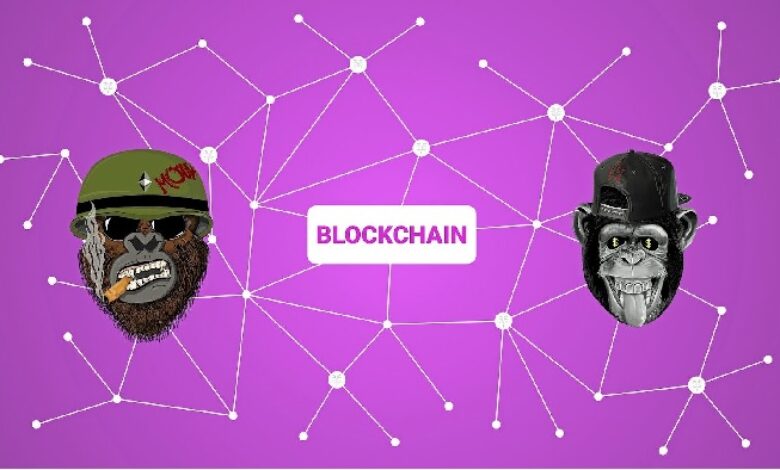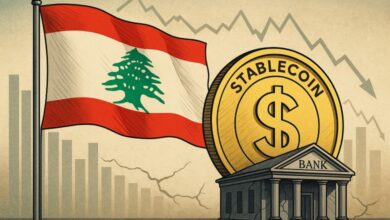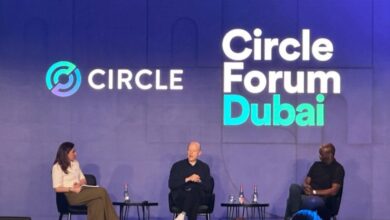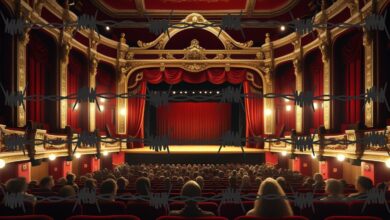
NFTs have been on the scene for quite a while (since 2012, precisely) but questions continue to arise as whether they are a hype or have actual use case. NFTs first attracted global attention when an artwork by Beeple, a digital artist, sold for $69 million straight at Christie’s – a popular auction house. While NBA Top Shot registered massive sales of its NFT- based sports card collectibles last year, in-game NFTs presented a new model of online gaming – the Play2Earn model where players could actually earn while they played. Games like Axie Infinity offered players avatar NFTs while Decentraland sold digital land as NFTs!
From music to art to memes to moments to even ridiculous noises – the world seemed to be getting tokenized. Over $26 billion record sales were registered in 2021, and the first month of 2022 has evinced that the NFT mania is far from dying down.
It is certain, as the crypto market consolidates further, more money will flow into the NFT market, driving in key growth drivers to push the NFT market further up. The market, despite being in its nascence, is garnering huge interest from global corporate giants, celebrities, entrepreneurs, and the masses alike.
But what makes NFTs such a cult in the blockchain space and beyond?
The non-fungibility aspect of NFTs accords them a unique identity and makes them a coveted asset whose ‘ownership’ is akin to a status symbol to a member within a like-minded community. NFTs are unique tokens establishing the ownership and provenance of the tokenized art or asset. You could make a million copies of a particular NFT, but the value of the original NFT would remain unaffected just like the Monalisa Portrait or the Eiffel Tower – the original doesn’t lose its worth despite being replicated infinite times.
NFTs live on a blockchain wherein the ownership deed is stored in a tamper-proof smart contract. Every hand from which the NFT has been passed, its transaction is chronologically recorded on the decentralized ledger.
Marketing is people-driven and people-centric, and so are NFTs – the community is the leading factor determining the worth of an NFT. From branding to royalties to affiliate programs to exclusive benefits – NFTs can be put to some brilliant use cases in marketing any product.
Here are a few use cases that NFTs can be put to in Marketing:
Big brands are massively using this NFT-based marketing tool to create nostalgia around their brands and add that exclusivity factor to attract new customers and enhance the brand loyalty of the existing customers. Minting an NFT is a simple task, but integrating that flawlessly with the marketing campaign makes or breaks the success of the campaign. Businesses need to build a hype machine around their NFT launch to gain as much community attention as possible.
A glimpse of it we have already seen with big MNCs like Microsoft, Adidas, Nike, Coca-Cola, Budweiser minting their NFT collections and auctioning them off as a part of their marketing campaigns, while top fashion brands like Gucci and Louis Vuitton created a movie and a game, and RTFKT sold NFTs of its virtual sneakers. The list of celebrities in the NFT league is endless. Who can forget the Bored Ape Mania – Eminem and Dave Chapelle buying six-figure worth Bored Ape NFTs!
(Re)building Communities
Whenever people share interests, communities are bound to spring up around them. NFTs and marketing both require communities – for driving up the value in the case of NFTs and
as an audience for marketing campaigns. Currently, Twitter and Discord are the two most popular platforms where NFT communities thrive.
NFT Marketing: Exclusive Perks and Utilities for Members and Fans
NFTs are being valued and used beyond their ‘intrinsic worth’ to reward the holders with exclusive benefits and utilities. By providing such benefits to the top customers or members, a business can boost customer loyalty.
NFTs can be used to provide various kinds of utilities:

• Access NFTs provide the holders with exclusive access to certain events or meetups.
A great example of this could be Gary Vaynerchuk, the CEO of VaynerMedia, aka Gary Vee, selling NFTs of his drawings – the collection titled VeeFriends – to his online community. All those who purchase Gary’s NFTs get access to exclusive utilities, green room access to all his public keynote appearances, a 40-minute podcast with Gary himself, or getting a chance to attend an hour-long virtual hangout with a Q&A session. Anyone can sell their NFT to another GaryVee fan in case they want to earn profits from the NFT value increase.
• Engagement NFTs reward members of the community Traffic Think Tank, an online learning community for SEO professionals, awards the members NFTs based on the merit within the community based on their engagement levels.
• While gamified NFTs fuel the metaverse economies and in-game collectible markets.
The players get access to higher traits and characters when they hold these NFTs depending on a particular game’s criteria. Source: Webris
Decentralized Creator Economies
With the advent of web3, the users will get greater power to control who can access their personal data, who can use it, and in what ways. This added sovereignty will make paid creator economies a reality soon. Social media apps like Facebook and Instagram have always suffered from content duplication and stealing issues, and there’s no respite available for the creators who put their heart and soul into their work.
Web3 internet will involve creators getting paid their due recognition and compensation. NFTs, such as meme NFTs, even if copied a million times, won’t lose the actual credits of the creator. With adequate compensation, these creators will shoulder creative marketing campaigns. Also, creator economies will allow for gamification of work, i.e., work broken down into smaller tasks that can be taken up by the community members depending on their skill-set.
Written by: Shantnoo Saxena, COO of LBANK





